Home>Ideas and Tips>Home Bar Beer Tap Installation: Draft System for Home Brewing
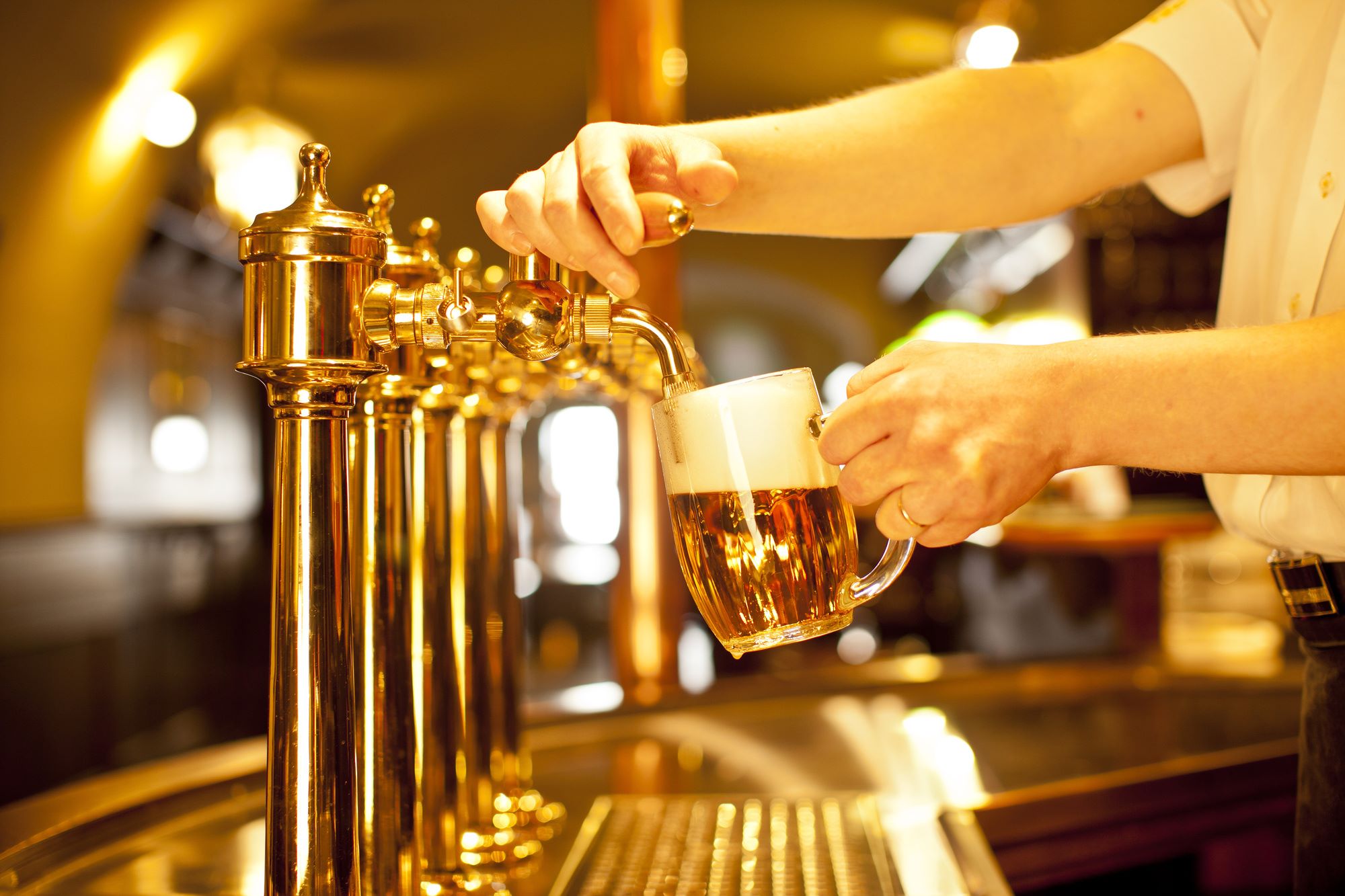

Ideas and Tips
Home Bar Beer Tap Installation: Draft System for Home Brewing
Modified: October 27, 2024
Learn how to install a home bar beer tap system for perfect pints. Follow our guide for a functional, efficient draft setup.
(Many of the links in this article redirect to a specific reviewed product. Your purchase of these products through affiliate links helps to generate commission for Storables.com, at no extra cost. Learn more)
Introduction
Creating a home bar with a draft beer system is a dream come true for many beer enthusiasts. Not only does it provide a unique and enjoyable way to serve your favorite brews, but it also adds a touch of sophistication to your home. In this article, we will guide you through the process of installing a draft beer system in your home bar, focusing on the essential components and steps required to set up a functional and efficient system.
Read also: 8 Superior Triple Tap Kegerator For 2025
Why Install a Draft Beer System?
Installing a draft beer system at home is like having a mini pub right in your living room. Imagine pouring a cold, frothy beer straight from the tap whenever you want. It’s not just about convenience; it’s about the experience. You get to enjoy your favorite brews at their best, with the perfect carbonation and temperature. Plus, it’s a great way to impress your friends and family during gatherings. No more running to the store for beer or dealing with cans and bottles. A draft system is cleaner, more efficient, and just plain cool.
Planning Your Home Bar
Before diving into the installation process, it's crucial to plan your home bar carefully. Here are some key considerations:
Space and Layout
First things first, figure out where you want to set up your bar. Do you have a dedicated room, or are you carving out a corner of your kitchen or basement? Measure the space and think about the layout. Do you want a long, traditional bar or a smaller, more compact setup? Consider how many people you want to accommodate and how you’ll arrange seating.
Materials and Design
Next, think about the materials you’ll use. You want something that’s easy to clean and maintain. Ceramic tile flooring that looks like wood is a great option. It’s durable and easy to clean. For the countertop, you might go with butcher block or stainless steel. Both are stylish and functional. If you’ve got the budget and the skills, custom cabinets can add a real touch of class.
Read more: What Size Keg Fits A Stainless Steel Insignia™ – 5.6 Cu. Ft. 1-Tap Beverage Cooler Kegerator
Cooling and Insulation
Keeping your beer cold is crucial. You’ve got a few options here. A kegerator is a popular choice. It’s basically a mini-fridge designed to hold a keg. If you’re going for a more professional setup, you might consider a glycol chiller. This system uses a mixture of glycol and water to keep your beer at the perfect temperature. Whatever you choose, make sure to insulate your beer lines to keep the beer cold from the cooler to the tap.
Essential Components of a Draft Beer System
A draft beer system consists of several key components that work together to provide you with perfectly poured pints:
CO2 Tank
The CO2 tank is the heart of your system. It’s what pushes the beer from the keg to the tap. Make sure to store it upright to prevent damage to the regulator.
Primary Regulator
The primary regulator controls the pressure of the CO2 tank. You’ll need to set the correct PSI (pounds per square inch) for your specific beer type. Most ales and lagers are dispensed at 10-12 PSI, while stouts and other nitrogen-reliant keg beers are typically dispensed at 25-30 PSI.
Read more: How To Make A Kegerator Handle
Air Lines and Gas Blender
Air lines are used in air-cooled systems to circulate cold air through the beer lines. A gas blender is used in glycol-cooled systems to mix glycol and water for temperature control.
Keg Coupler
The keg coupler connects the keg to the beer line. Make sure it’s tightly sealed to prevent leaks.
Beer Lines
Beer lines carry the beer from the keg to the draft tower. Insulated beer lines help maintain the beer’s temperature during transport.
Draft Tower
The draft tower is where the beer lines connect to the faucet. Secure it properly to the countertop using mounting hardware.
Read more: How To Fill A Growler Using Your Kegerator
Draft Faucet
The draft faucet is the tap from which your beer is dispensed. Choose a faucet that meets your quality expectations and is easy to clean and maintain. Premium faucets like those from Perlick offer more control over the pour and better sanitary conditions.
Tap Handle
The tap handle is the lever that screws into your draft beer faucet, making it easier to open and close the faucet when pouring. Customizable tap handles can add personality to your kegerator or draft system.
Types of Draft Beer Systems
There are three standard systems for dispensing draft beer: direct draw, long draw glycol cooled, and long draw air cooled.
Direct Draw System (Kegerator)
A kegerator is a standard system for delivering draft beer from keg to tap across a short distance. It uses carbon dioxide or a mixture of nitrogen and CO2 (beer gas) to push beer through the beer line up to the draft tower and faucet. Cold air from the refrigeration unit holding the keg assists in chilling the beer.
Parts
- CO2 Tank
- Primary Regulator
- Air Line
- Secondary Regulator
- Keg Coupler
- Beer Line
- Draft Tower
- Draft Faucet
- Tap Handle
Read more: How To Measure Temperature In Kegerator
Glycol Cooled Draft System
If the kegs cannot be kept refrigerated within close proximity to the draft tower and faucets, then a long draw draft system is required. A glycol cooled draft system uses a glycol chiller or power pack to pump a mixture of glycol and water through a trunk line that keeps draft beer at a consistent temperature as it travels from keg to tap.
Parts
- CO2 Tanks
- Primary Regulator
- Air Lines (In green & purple)
- Gas Blender
- Secondary Regulator
- Keg Coupler
- Beer Lines (In orange)
- Glycol Trunk Line (In blue, red & black)
- Glycol Chiller
- Draft Tower
- Draft Faucet
- Drip Tray
Air Cooled Draft System
An air-cooled draft system uses a forced air blower to circulate cold air through beer lines. This system is less common but can be effective in certain setups.
Installation Steps
Installing a draft beer system involves several steps:
Mounting the Beer Tower
- Location Selection: Choose a location for your beer tower that is easily accessible and allows for proper drainage.
- Drilling the Countertop: Drill a hole in your countertop where the tower will be mounted. Ensure the hole is the correct size for your tower's base.
- Securing the Tower: Place the tower over the hole and use mounting hardware to secure it to the countertop. Make sure it is stable and upright.
Read more: What Is A Kegerator Conversion Kit
Running the Beer Lines
- Measure Distance: Measure the distance from the keg to the beer tower. This helps determine how much beer line you will need.
- Insulating Beer Lines: Use insulated beer lines to maintain the beer’s temperature from the cooler to the tap.
- Running Lines: Run the lines through the drilled hole in the countertop, extending them to the location of the kegs.
Installing the Glycol System
- Setting Up the Glycol Chiller: Place the glycol chiller near the kegs, usually in the same room or a nearby location to minimize distance.
- Connecting Glycol Lines: Connect the glycol lines to the chiller and run them alongside the beer lines to the tower.
Setting Up the Kegs
- Keg Placement: Place the kegs in a cooler or refrigerated environment to keep the beer at the right temperature.
- Connecting to Couplers: Attach the appropriate couplers to the kegs. Ensure they are tightly sealed to prevent leaks.
Cooling Solutions
Maintaining the temperature of your beer is crucial for optimal flavor and quality. Here are some cooling solutions:
Read also: 15 Unbelievable Double Kegerator For 2025
Kegerator
A kegerator is a self-contained unit that includes a refrigerator and tap system. It's convenient but may limit your flexibility if you want to install taps directly into the wall.
Glycol Chiller
A glycol chiller uses a mixture of glycol and water pumped through a trunk line to keep draft beer at a consistent temperature. This system is more versatile but requires more setup and maintenance.
Insulated Room
Creating an insulated room behind your bar with a window/wall-mounted AC unit can be an effective cooling solution. This method keeps your kegs and lines cool while minimizing condensation issues.
Maintenance Tips
Regular maintenance is essential for keeping your draft beer system in good working condition:
Cleanliness
Regularly disassemble and clean your draft faucet, tap handle, and other components to prevent contamination and ensure optimal performance.
Pressure Adjustment
Monitor and adjust your CO2 tank pressure regularly to maintain the perfect pour. Too much pressure can result in foamy beer, while too little pressure may lead to flat beer.
Inspection
Regularly inspect your system for leaks or other issues that could affect performance.
Conclusion
Creating a home bar with a draft beer system is a rewarding project that requires careful planning and execution. By understanding the essential components of a draft beer system and following the installation steps outlined above, you can enjoy perfectly poured pints in the comfort of your own home. Remember to prioritize cooling solutions, regular maintenance, and cleanliness to ensure your system remains functional and efficient over time.
Whether you're a seasoned brewer or just starting out, investing in a high-quality draft beer system will elevate your home bar experience and provide endless enjoyment for you and your friends. Happy brewing
Was this page helpful?
At Storables.com, we guarantee accurate and reliable information. Our content, validated by Expert Board Contributors, is crafted following stringent Editorial Policies. We're committed to providing you with well-researched, expert-backed insights for all your informational needs.
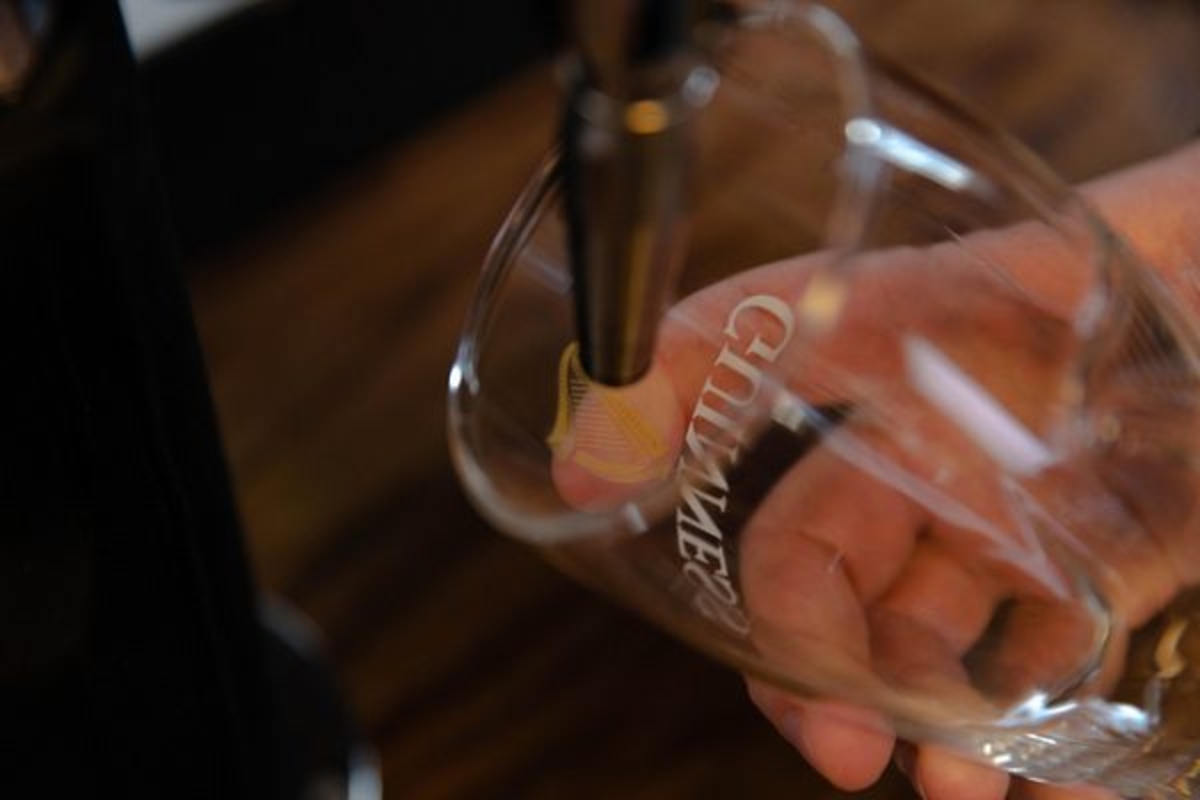
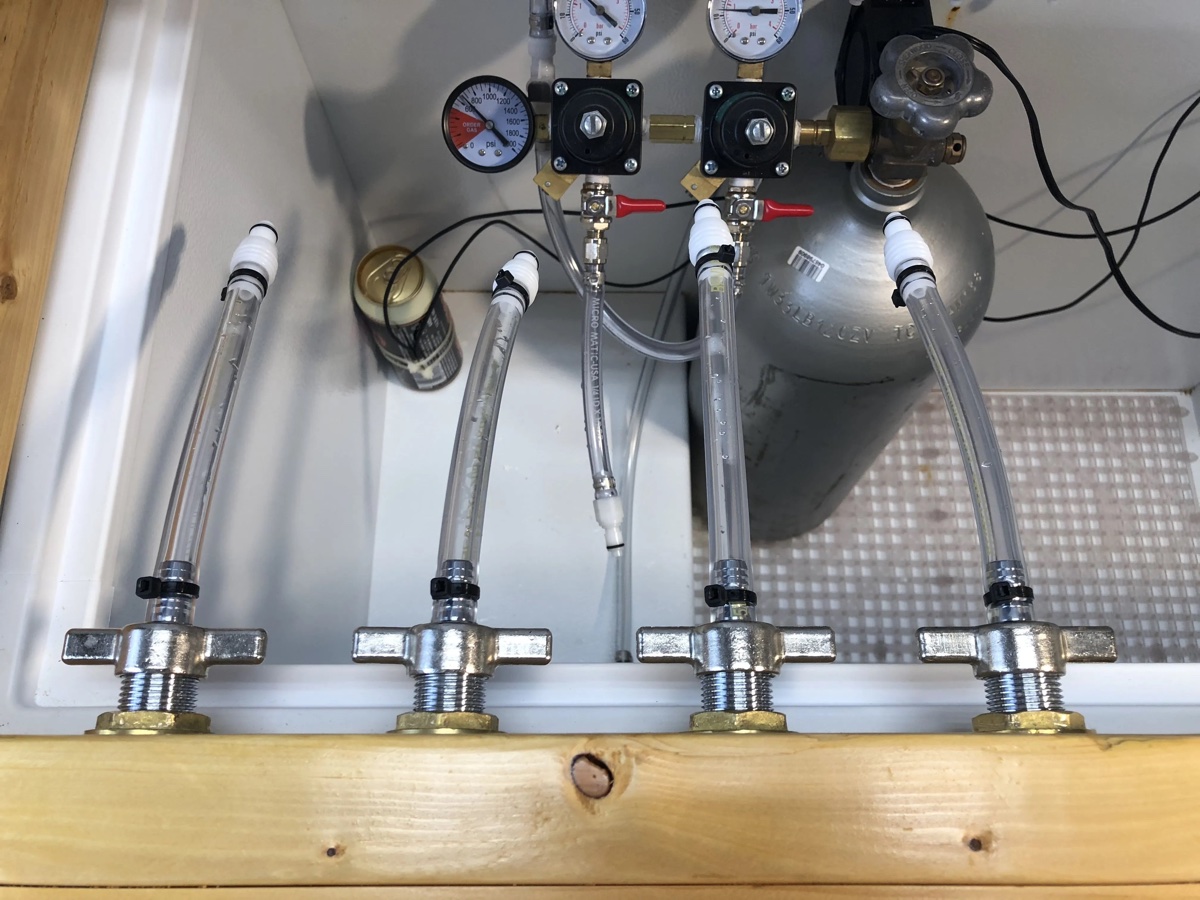

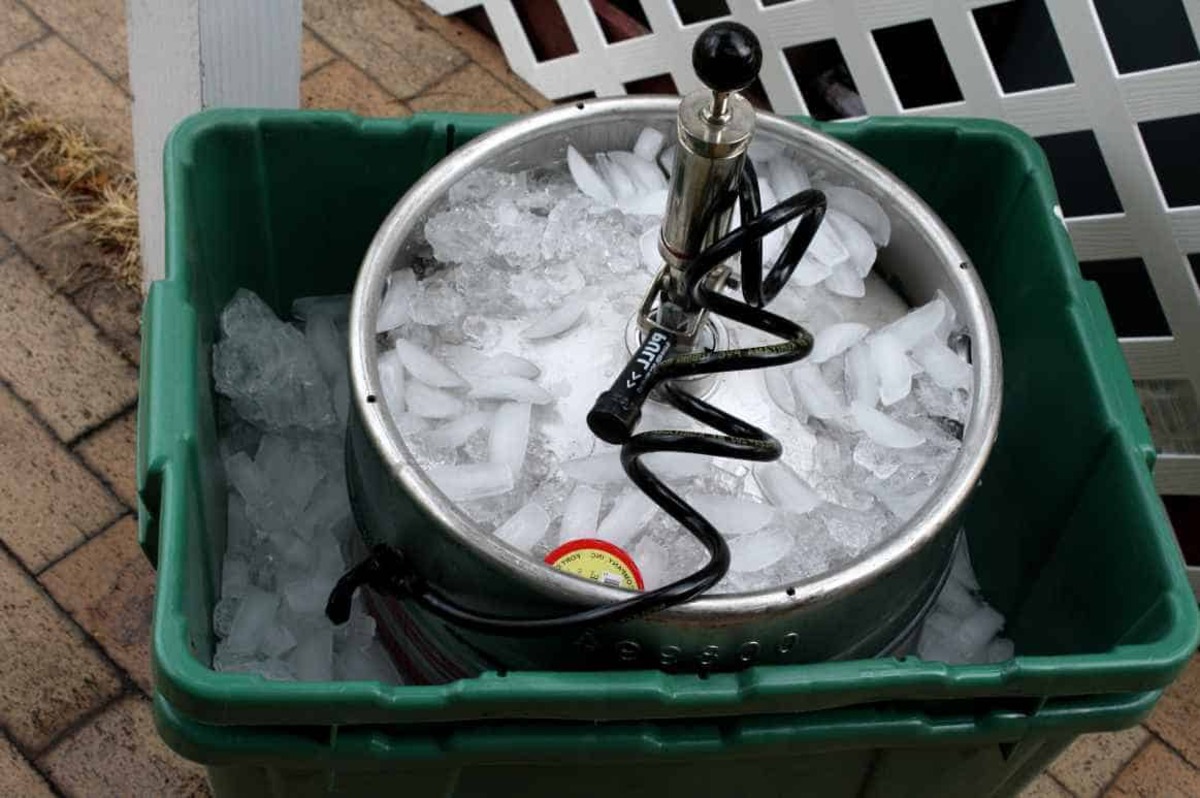
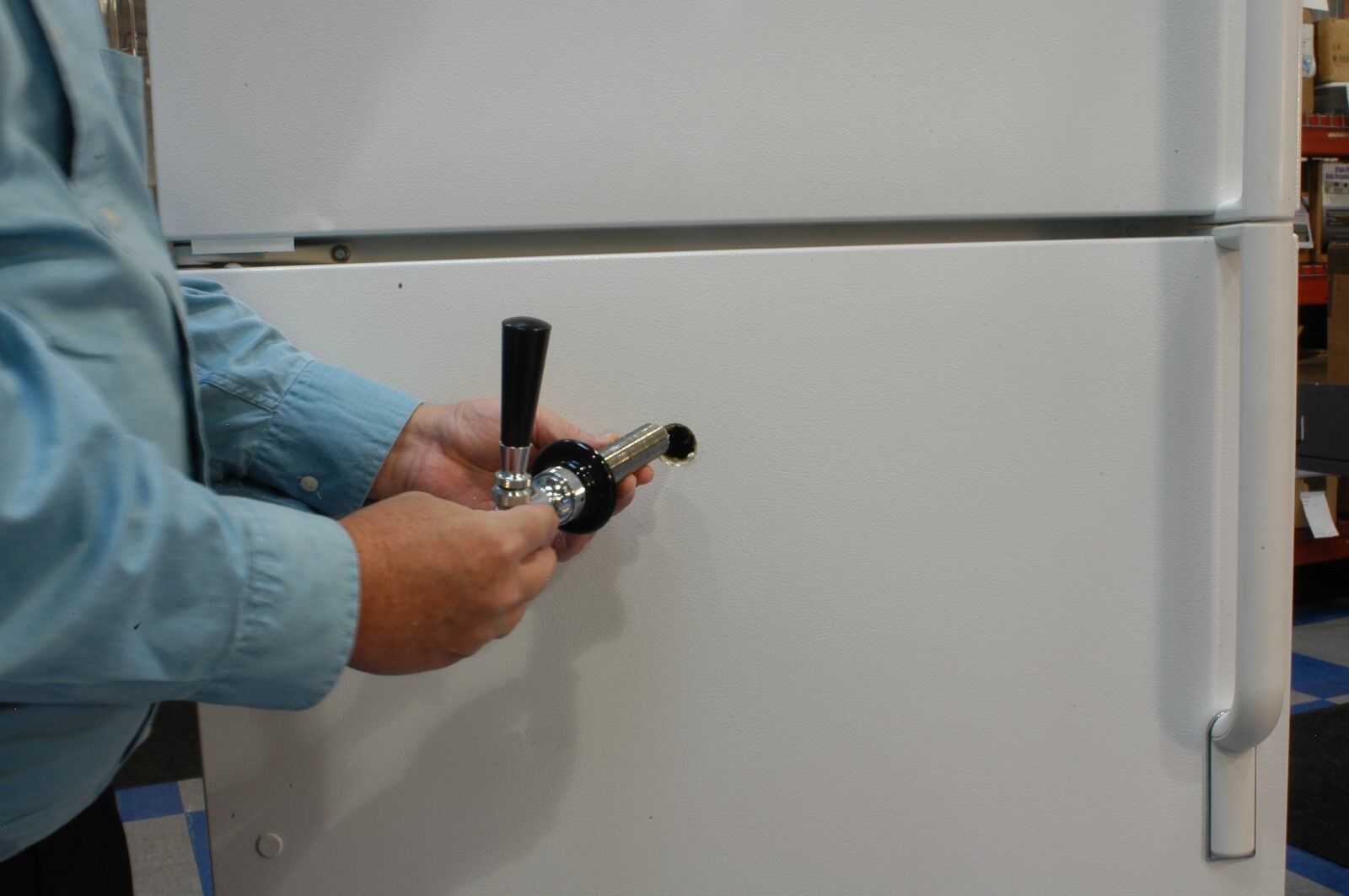

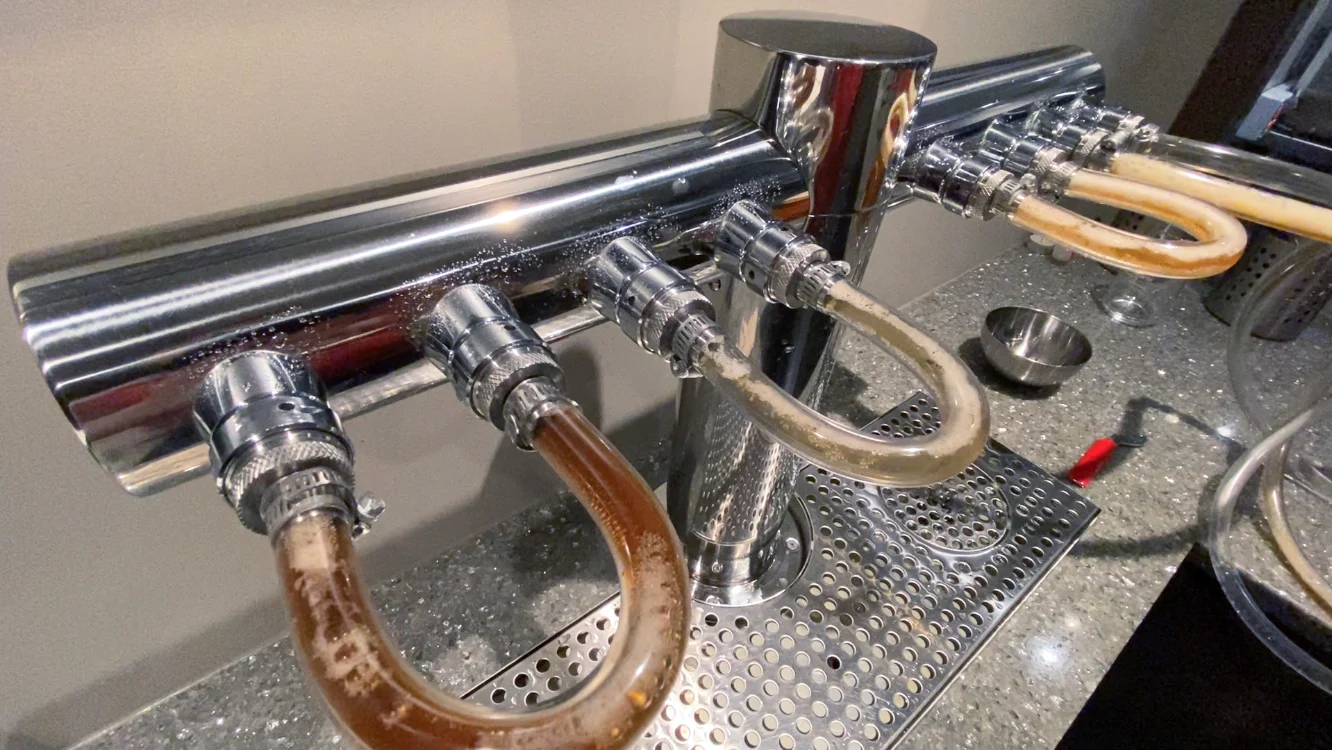
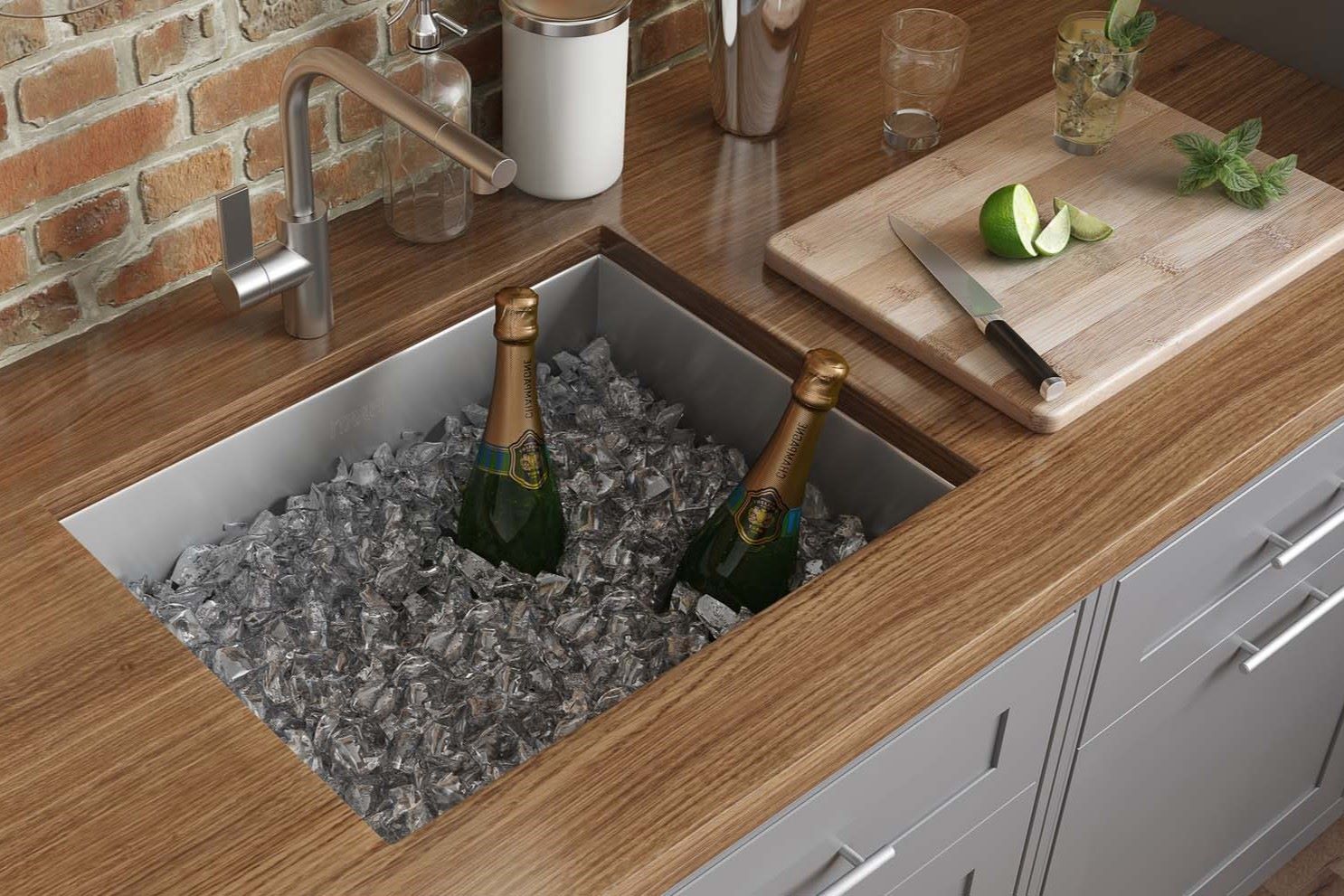

0 thoughts on “Home Bar Beer Tap Installation: Draft System for Home Brewing”